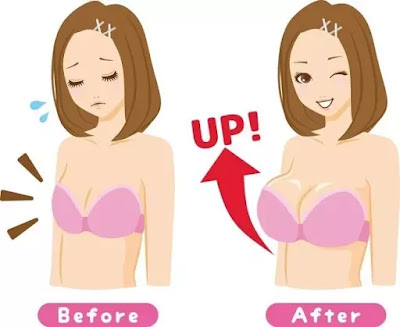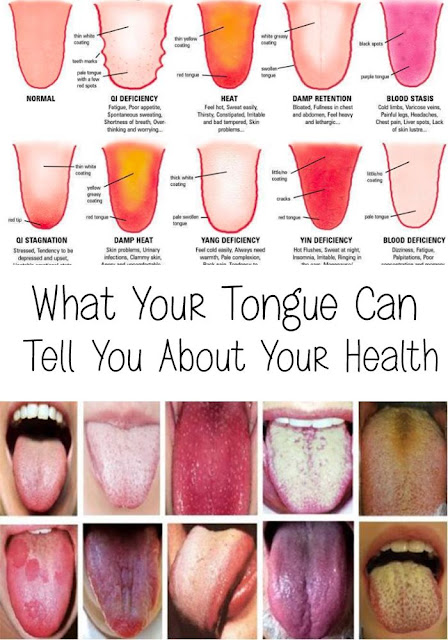Pain, Swelling, and Stiffness: Rheumatoid Arthritis in Children
Arthritis isn’t just an old person’s disease. Certain forms, such as osteoarthritis, are more common with age, but children can develop different types of this painful joint condition. Juvenile rheumatoid arthritis (JRA) is the most common form of arthritis in children under age 16. Also called juvenile idiopathic arthritis, this condition can develop as early as infancy. Looking out for signs of JRA early on can help your child’s wellbeing, and possibly deter certain debilitating complications.
Growing Pains or Joint Discomfort?
Joint pain is a common complaint of growing children. But if the pain is severe enough to prevent your child from getting up in the morning, they might be suffering from more than just growing pains. Pain and inflammation in JRA also occurs in multiple joints. Some of the most common JRA symptoms are:
joint pain
stiffness in arms, legs, and back
limping
uneven muscle tone
red joints that are warm to the touch
frequent fevers
Understanding the Causes
The exact cause of JRA is unknown. This can make it difficult to prepare for the disease, so it’s crucial to understand the symptoms early on. JRA is an autoimmune disease, a type of illness in which the body attacks its own healthy tissues. In rheumatoid arthritis, the body attacks otherwise healthy joints. While JRA isn’t necessarily hereditary, a family history of autoimmune diseases can increase the risk.
JRA is a general classification. In fact, there are three main types of arthritis in children to understand beyond the basics of JRA.
Pauciarticular JRA
Pauciarticular JRA is a common form of arthritis in children. In this type, your child may complain of pain and stiffness in four joints or less. Among the most commonly affected joints include the knees and wrists. Your child may limp because of knee pain. This type of JRA can also cause eye pain and light sensitivities. Early intervention can prevent mild symptoms from worsening.
Polyarticular JRA
Polyarticular JRA is another common type of arthritis. Its symptoms are similar to pauciarticular JRA, but they are more widespread. This form of childhood arthritis can affect large joints like those in the legs, as well as small ones in the wrists and knees. Children with polyarticular arthritis may also complain of pain in the arms, jawline, neck, and feet. It can start off as non-rheumatic but then develop into rheumatoid arthritis over time. A series of rheumatoid factor blood tests may help determine this type of arthritis.
Systemic JRA
Systemic JRA is the least common form of childhood arthritis. It can affect more of the body than other types. In systemic JRA, a fever occurs with joint pain and swelling. According to the National Institute of Arthritis and Musculoskeletal and Skin Diseases (NIAMS), this fever lasts for two weeks or longer. Systemic JRA can also cause:
rashes
lymph node swelling (especially in the neck)
liver enlargement
swelling of heart and lungs
Diagnosing Your Child
If your child shows any unusual symptoms, it’s better to follow up with a pediatrician than to wait for your child’s condition to improve. According to NIAMS, JRA symptoms must be present for at least six weeks in order to establish an arthritis diagnosis. Your doctor may use an X-ray to get a closer look at possible joint damage and any issues in childhood bone development. Blood tests are another important diagnostic tool used to measure levels of antibodies and inflammation.
Treating Rheumatoid Arthritis in Children
Non-steroidal anti-inflammatory drugs (NSAIDs) are the preferred pain medications for JRA. While over-the-counter ibuprofen is a NSAID, the medication may not be enough to relieve JRA symptoms. A pediatric rheumatologist may instead recommend prescription forms, including COX-2 inhibitors to reduce inflammation.
Your doctor may also recommend occupational therapy, physical therapy, and counseling. Exercise can be painful, but regular workouts are imperative to joint strengthening. Encourage moderate-intensity exercises like walking instead of high-contact sports.
Look Out for Complications
Treatment can bring hope to patients with JRA, but that doesn’t mean you’re in the clear. This disease can wear down bones and eventually cause:
joint destruction
reduced activity level from chronic pain
decreased growth rate
uneven bone development
vision problems
It is also important to understand the potential side effects of NSAIDs. Get emergency medical help if your child has severe stomach pain or weakness. NSAIDs can also increase the risk of ulcers, stomach bleeding, and kidney problems.
Outlook
There is no cure for rheumatoid arthritis in children, but early intervention can increase the likelihood for remission. This means that your child may experience JRA symptoms from time to time, but they may avoid major bone deterioration. Typically, the more joints that are affected, the more difficult it is to achieve remission from the pain and swelling. Get help as soon as you notice joint problems in your child.




Comments
Post a Comment